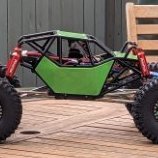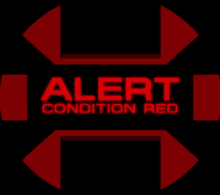3D Printing Discussion
-
Recently Browsing 0 members
- No registered users viewing this page.
-
Latest Posts
-
- 36 replies
- 770 views
-
- 23,050 replies
- 979,200 views
-
- 2 replies
- 79 views
-
- 375 replies
- 30,898 views
-
- 318 replies
- 68,937 views
-





Recommended Posts
Join the conversation
You can post now and register later. If you have an account, sign in now to post with your account.